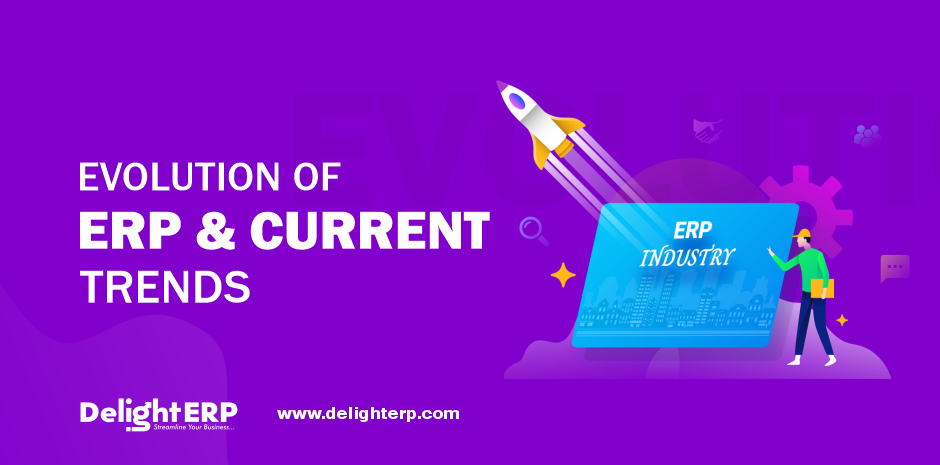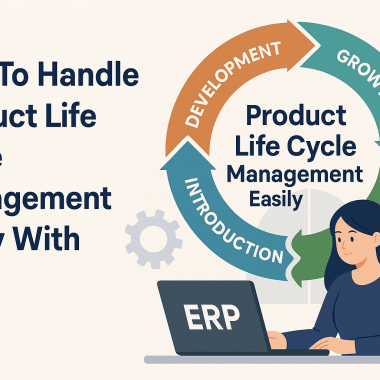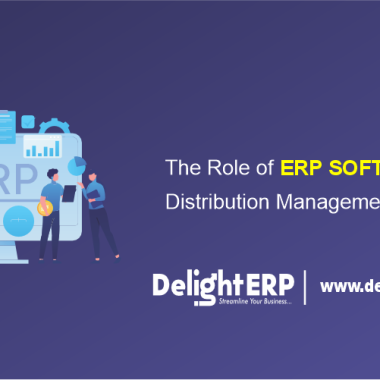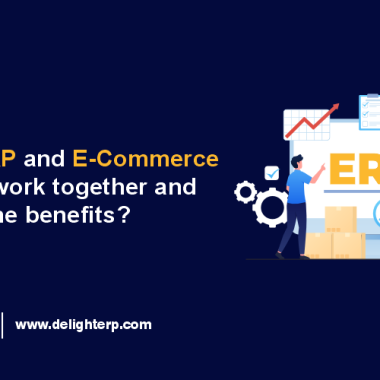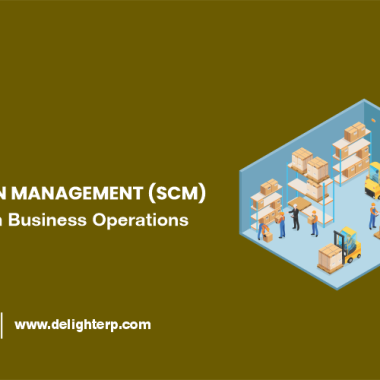Introduction
Traditional computer systems are evolving at a lightning pace with new capabilities, improvements in performance, and security features being added on a regular basis. The ERP industry as a whole is experiencing a period of rapid growth accompanied by tremendous consolidation leading to a very small number of players controlling a significant portion of the market. It isn’t just a generational shift — the way we approach business technology is changing. ERP and Cloud ERP are two of the most important technologies for businesses today. Then in the early ‘90s came revolutionary changes to the way software was built and distributed, as well as to the way information was stored and accessed. Since then there has been a series of disruptive innovations, which have brought desktop publishing into the 21 st century and caused traditional business software to rethink its role in many organizations.
What is an ERP System?
An ERP system is an electronic software system that performs a function for other systems. They are usually comprised of computer software and hardware that runs on a network and allows for the exchange of data between different systems or applications. ERP systems can be used by any business or individual to manage their processes, keep track of transactions, and easily share information between each other. Due to the advanced nature of this system, it is not always easy to understand exactly what an ERP system does or how it works. Therefore, it is important to understand the basics before diving into a system that could drastically impact your business.
It involves the synchronization of information from one computer or system to another through a protocol. ERP systems are usually associated with large-scale business organizations that take pride in their efficiency. A typical ERP system contains one or more Application Programming Interfaces (APIs) that are responsible for processing information and then presenting it to users in forms that are intelligible and useful.
An ERP System (or instance-relay system) is a messaging service that allows the automatic sharing of information among geographically dispersed organizations or individuals. The technological innovation behind an ERP System is its distributed, continuously updated backbone that stores and distributes data in real-time. Because ERP systems are platform-agnostic, they can be implemented by any company with a data storage and retrieval requirement. An ERP system or enterprise resource planning (ERP) system is an electronic platform used to manage and control multiple computer systems within an organization. ERP systems are often implemented in manufacturing plants to allow for the efficient and efficient flow of information between different departments, as well as the tracking and recording of actions taken by each individual unit.
Also Read : How Can ERP Software Boost Your Business Productivity?
Evolution of ERP & Current Trends
The evolution of ERP was an ongoing process. The goal was always to improve upon an existing solution. One of the earliest ERP systems, developed in the early ‘80s, was a set of television guides that provided information on local movie theaters. Although this system was viewed as a great idea at the time, it wasn’t until the late 80’s that a commercial version was created. Soon after this development, Adaptec purchased the software and began developing various features into their own system.
This type of software wasn’t as conducive to large-scale commercial use due to its lack of ability to handle large numbers of users and its complex architecture. While some are developed for small and medium-sized organizations, others have become mainstream and are used by major organizations like oil and gas, retail, and education sectors among others. The ERP industry is growing at a strong pace, and its success will be determined by how adaptable it is to change.
The evolution of ERP is a story of lateral movement, starting with custom hardware and adapting to applications, then mapping that progression to an application programming model that integrates software and hardware in ways never before possible. This transformational process has been motivated by fundamental needs of the industries involved – improving efficiency, cost reduction, memory efficiency, in-app interactivity with users and other systems, open architecture, distributed systems, and richer data (including cloud) as well as requirements for enhancement of functionalities already delivered by the application software environment.
ERP has experienced phenomenal growth in recent years even though its implementation and maintenance have become more complex. Today, the leading platforms for ERP implementation are platforms that offer enterprise-level administration capabilities coupled with tooling and customization options for minimal administrators. The most common applications utilized for ERP implementation today are accessible through web portals or through hosted apps.
There is no shortage of outdated and sub-par ERP (enterprise resource planning) software available today. It seems there’s a new version of every software program released every six months or so. In general, ERP software is designed to work with existing IT infrastructures and therefore has gained popularity with large businesses in an attempt to save money and improve efficiency.
However, if you are looking to create your own ERP system for your business, it’s important to understand trends within this field so that you can recognize good software from bad. These systems aid in preventing and managing fraud and expenses and can improve overall financial reporting and control. This trend is particularly impressive in transport and logistics, as well as healthcare, education, energy, and finance.
Also Read : Steps To A Successful ERP Implementation
Conclusion
There has been a revolution in Information Technology (IT). ERP stands for Industry and Revenues Predictions. ERP systems deliver a business solution for companies to manage and control their information and communications assets with high efficiency and efficiency. Today, almost everyone has access to a computer and can access the internet through their smartphone. They can search for knowledge, information, and entertainment at virtually any time. The application of technology in business has increased dramatically over the past decade. The main objective of business management is to enhance efficiency in completing tasks and maximizing profits.
Many people find it hard to determine where to start with ERP. This is because the ERP industry is so new and evolving so rapidly. Everyone can use better processes, which leads to less frustration in getting work done. With respect to the process, the CRM industry is heavily lagging behind the changes in business processes as reflected in why people are choosing ERP solutions over its competitors. That is why it pays to be proactive when it comes to creating a future-proof ERP infrastructure for your business.

